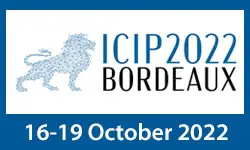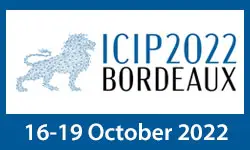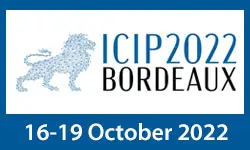Adversarial Label-Poisoning Attacks and Defense For General Multi-Class Models Based On Synthetic Reduced Nearest Neighbor
Pooya Tavallali, Vahid Behzadan, Azar Alizadeh, Aditya Ranganath, Mukesh Singhal
-
Members: FreeSPS
IEEE Members: $11.00
Non-members: $15.00Length: 00:18:02
05 Oct 2022
Hyperspectral (HS) imaging sacrifices spatial resolution to ensure a high spectral resolution when capturing the detailed spectral signature at each spatial location of the scene. To compensate for this deficiency, fusing low-resolution HS (LR-HS) images with high-resolution RGB (HR-RGB) images to obtain high-resolution HS (HR-HS) images has attracted remarkable attention. Recently, deep learning-based fusion methods in a fully-supervised manner have been proven to make great progress in hyperspectral image super-resolution (HSI-SR) tasks. However, these methods require collecting a large number of training samples and constructing a non-blind prediction model to super-resolve the observations captured under controlled imaging conditions. This study proposes a novel unsupervised generative network (UGN) for learning network parameters using the observed LR-HS, HR-RGB only without the corresponding ground-truth, and designs the spatial and spectral degradation blocks to automatically learn the image degradation operations for constructing an end-to-end blind HSI SR framework. To verify the effectiveness of our proposed method, we conduct experiments on two benchmark HS image datasets and demonstrate superior performance compared with the supervised and unsupervised blind/non-blind SoTA methods.



